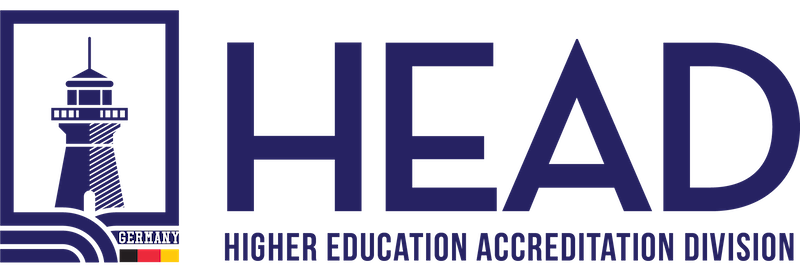Leadership Excellence: Enabling the Triumph of Education Organization Management Systems

Introduction
In today’s rapidly evolving educational landscape, effective management systems are crucial to ensure the seamless operation and continuous improvement of education organizations. One such essential tool is the Education Organization Management System (EOMS), designed to enhance processes, optimize resources, and achieve desired outcomes. However, the success of an EOMS heavily relies on the leadership and commitment demonstrated by top management. In this article, we will delve into the significance of top management’s role in ensuring the EOMS achieves its intended outcomes.
Understanding the Education Organization Management System (EOMS)
The Education Organization Management System is a structured framework that combines processes, policies, and strategies to improve the overall management of an educational institution. It encompasses various aspects, such as academic planning, resource allocation, quality assurance, stakeholder engagement, and continuous improvement. An effectively implemented EOMS can lead to enhanced student outcomes, streamlined administrative processes, better utilization of resources, and, ultimately, an elevated institutional reputation.
The Role of Top Management
Top management, including school principals, deans, directors, and superintendents, plays a pivotal role in driving the successful implementation of the EOMS. Their leadership and commitment set the tone for the entire organization, influencing the engagement of staff, students, and stakeholders. Here’s how top management can contribute to the EOMS’s success:
1. Clear Communication and Vision
Effective leaders articulate a clear vision for the EOMS’s implementation. They ensure that all stakeholders understand the purpose, goals, and benefits of the system. By fostering a shared understanding, top management encourages staff and stakeholders to actively participate in the process.
2. Aligned Objectives
Top management needs to align the objectives of the EOMS with the institution’s overall mission and strategic goals. This alignment ensures that the system’s implementation isn’t viewed as a separate initiative but as an integral part of the organization’s growth and success.
3. Resource Allocation
Leadership plays a significant role in allocating resources—financial, human, and technological—necessary for EOMS implementation. Adequate resources are essential to train personnel, develop infrastructure, and maintain the system effectively.
4. Role Modeling
Top management’s commitment to the EOMS serves as a role model for the rest of the organization. When leaders actively participate in the process, demonstrate their understanding of the system’s benefits, and adhere to its processes, it encourages staff and stakeholders to do the same.
5. Support and Empowerment
Effective leaders provide ongoing support and empowerment to staff members responsible for EOMS implementation. This includes regular check-ins, addressing challenges, recognizing achievements, and creating a culture of continuous learning.
6. Monitoring and Review
Top management should establish mechanisms for monitoring the progress of the EOMS. Regular reviews and assessments help identify areas for improvement, make necessary adjustments, and ensure the system is aligned with the institution’s evolving needs.
7. Continuous Improvement
Top management’s commitment to continuous improvement is essential for the long-term success of the EOMS. They should encourage a culture of innovation, experimentation, and adaptation, driving the institution to evolve and stay ahead in the education landscape.
Conclusion
In the realm of education, effective management systems are a driving force behind institutional success. The Education Organization Management System holds the potential to revolutionize how educational institutions operate and deliver outcomes. However, this potential can only be fully realized when top management demonstrates unwavering leadership and commitment to the EOMS. By effectively communicating its importance, aligning objectives, allocating resources, and fostering a culture of support and continuous improvement, top management paves the way for a thriving education institution that consistently achieves its intended outcomes.
Would you like to speak to one of our Higher Education Accreditation Expert? Just submit your details and we’ll be in touch shortly. You can also email us if you would prefer.

